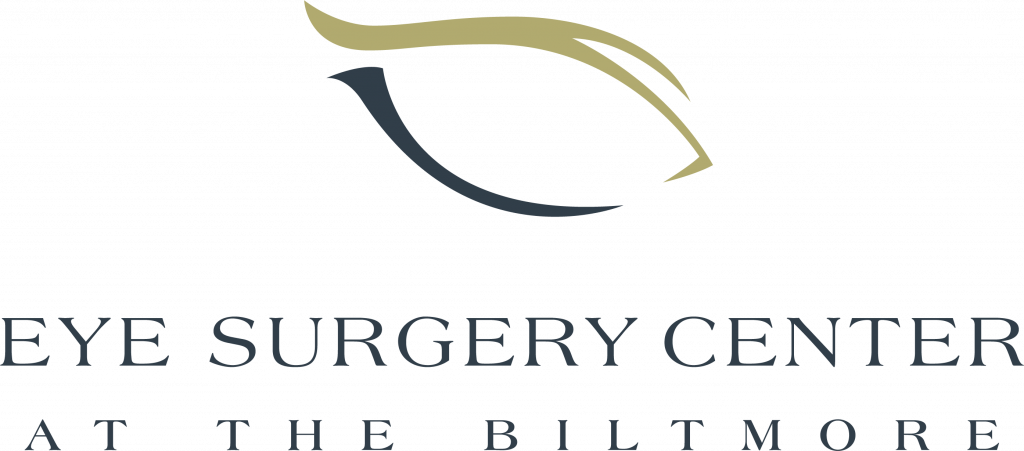Blepharoplasty
Upper eyelid revision and lower eyelid revision, both known as blepharoplasty, reduce the drooping eyelid tissue. Overall, this improves the appearance of the eyelid and produces a rejuvenated and more alert appearance.
Learn MoreUpper eyelid revision and lower eyelid revision, both known as blepharoplasty, reduce the drooping eyelid tissue. Overall, this improves the appearance of the eyelid and produces a rejuvenated and more alert appearance.
Learn MoreCataract surgery is a safe and effective way to restore vision. It is done on an outpatient basis and only requires a short recovery period.
Learn MoreThe ORA System™ utilizes intraoperative wavefront aberrometer, similar to the technology that has made LASIK a customized, precise procedure.
Learn MoreA corneal transplant is done to replace a diseased or scarred cornea with a new one. Of all tissue transplants, corneal transplants are the most successful, with over 40,000 performed in the United States each year.
Learn MoreLaser surgery has become a desirable option as an intermediate glaucoma treatment between medications and traditional surgery and some doctors use it as an initial treatment prior to starting drops.
Learn MoreWhile glaucoma is often treated with medicated eye drops, sometimes surgery becomes necessary. We perform selective laser trabeculoplasty (SLT), a procedure that uses a low-level energy laser to target specific cells in the trabecular meshwork, the eye’s drainage channels.
Learn MoreAn intraocular lens, or IOL, is a clear, plastic lens that becomes a permanent part of the eye and requires no care. Based on test results, a surgeon will recommend the best IOL for each individual patient. The types of IOL’s are monofocal, astigmatism correcting, multifocal and light-adjustable.
Learn MoreImplantable contact lenses (also called phakic intraocular lenses or IOLs) are a surgical option for correcting moderate to severe myopia (nearsightedness). An alternate choice to LASK or PRK eye surgery, IOLs can produce better and more predictable vision outcomes than laser refractive surgery.
Learn MoreIf you have open angle glaucoma and your eyesight is getting worse in spite of medication, your doctor may recommend laser trabeculoplasty as an initial surgical option.
Learn MoreLaser Cataract Surgery is a fully customizable, precision-care solution for restoring your clearest possible vision. This pre-planned outpatient procedure offers predictability and convenience.
Learn MoreThe Light Adjustable Lens (LAL) by RxSight is the first and only FDA-approved lens implant (IOL) that can be adjusted AFTER cataract surgery which allows surgeons to partner with their patients to achieve optimized results for every unique eye.
Learn MoreThrough extensive clinical research and trials, doctors and researchers are constantly creating new and exciting treatment methods for glaucoma patients. These innovative procedures combine the newest technology, enhanced surgical methods and breakthrough drugs to normalize intraocular pressure and manage your glaucoma.
Learn MorePterygium is also known as surfer’s eye because of its common occurrence in surfers. Individuals with pterygium have a growth of pink, fleshy tissue on the white of the eye. If symptoms are mild, pterygium usually doesn’t require treatment. If pterygium worsens and causes redness or irritation, it can be treated with some form of eye drops. If the lesion causes discomfort or interferes with vision, it can be surgically removed in an outpatient procedure.
Learn MoreRefractive lensectomy, also called refractive lens exchange, corrects nearsightedness or farsightedness. By replacing the eye’s natural lens, which has the wrong power, with an artificial intraocular lens implant (IOLs), this procedure provides the correct power for the eye. It uses the same techniques of modern cataract surgery.
Learn MoreWhile glaucoma is often treated with medicated eye drops, sometimes surgery becomes necessary. We perform selective laser trabeculoplasty(SLT), a procedure that uses a low-level energy laser to target specific cells in the trabecular meshwork, the eye’s drainage channels.
Learn MoreIn some children, strabismus can be corrected with eyeglasses. Other treatments include patching or blurring the aligned eye to improve the strength of the misaligned eye. If these initial treatments are not successful, corrective surgery may be recommended.
Learn MoreIf you suffer from vitreous strands and opacities (commonly referred to as “eye floaters”), then you are already familiar with the frustrating visual disturbance caused by these cobweb and cloud-like shadows.
Learn MoreProblems after cataract surgery are rare but can occur. Sometimes the tissue that encloses the artificial intraocular lens becomes cloudy and blurs the vision. This is called an after-cataract. This can develop months or even years after cataract surgery. This outpatient procedure is treated with a laser, called YAG laser capsulotomy.
Learn MoreIn 2012, the FDA approved a device called the iStent Trabecular Micro-Bypass Stent System to treat symptoms of glaucoma. This is the first device that has been approved in conjunction with cataract surgery to reduce intraocular pressure (IOP) in adult patients with mild or moderate open-angle glaucoma and a cataract who are currently on IOP medication.
Learn More